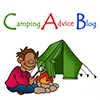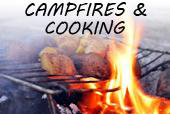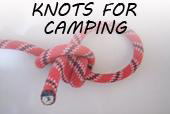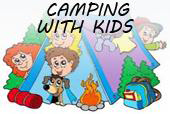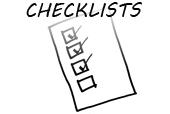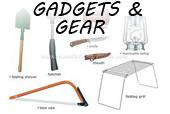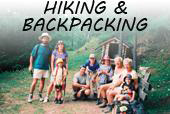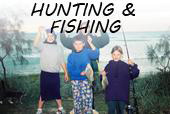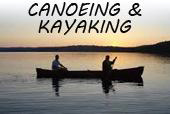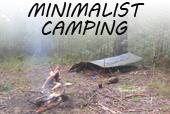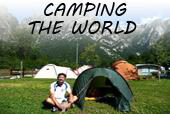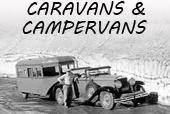Tents are categorized in three main ways: season, capacity, and use. Finding the right tent involves selecting the right features from each category.
SEASON
The category “season” is used to describe the time of year the tent will be useful. Rather than using summer, fall, etc., tents are described as two, three, or four season tents. A two-season tent is one with excellent ventilation that will be useful in warmer months by keeping you protected from the elements, but by also allowing adequate air-flow to keep you as cool as possible. A three-season tent is a tent that has less ventilation, or ways of blocking ventilation, so that more warm air is kept in and more cold air is kept out. A four-season tent is a tent that is built to withstand high winds and cold temperatures. These tents will be “double walled”, meaning that there are two layers of tent fabric between you and the elements, and have very minimal ventilation.
CAPACITY
This category is simple. How many people and how much gear do you want to shelter? Tents are categorized as 1, 2, 3, and 4 person tents, for backpacking purposes. The numbers go higher, but such large “outfitter” or “family” tents are rarely used on the trail due to their weight.
USE
The “use” category is a little more amorphous. Tents can be put to a lot of different uses. Some uses require specific design features. Primary uses include ultra-light, backpacking, expedition, and family. Or the use can be described by the pursuit, such as kayaking, cycling, car-camping, backpacking, and mountaineering. Basically, you simply need to inform the clerk how you intend to use the tent so that you are presented with all the options you might want to choose from.
OTHER CATEGORIES
While Season, Capacity, and Use are the primary categories, there are other details that can distinguish tents. Tents may come with our without vestibules. Vestibules are floorless areas on the outside of the tent covering the entrance to create a dry place to store gear and/or cook. Also, as mentioned above, four-season tents are “double walled”. However, you can also find many 2 and 3 season tents that feature a rain fly and provide double-wall protection over most of the tent. Waterpoofness is another feature you’ll want to consider. Most tents will feature a high level of water resistance, even if they are not waterproof. After market seam sealers can be used to provide additional protection. Some manufacturers, however, go the extra mile and tape all of the tents seams to improve water repellency. If you will be using the tent in a wet climate or for pursuits where you are in or around water bodies, you will want to look for tents made with these extra features.
PUTTING IT ALL TOGETHER
So, the next time you go into an outdoor store, you will know what you’re looking for. If I’m going to be backpacking with my spouse in late fall near my home in Ohio, I would mention that I am looking for a three-season, 2 person, double walled backpacking tent. If I were going for a summer solo kayaking trip, I might ask for a two-season, 1 person ultra-light tent with taped seams and a vestibule.
I hope this article helped. Happy trails!
